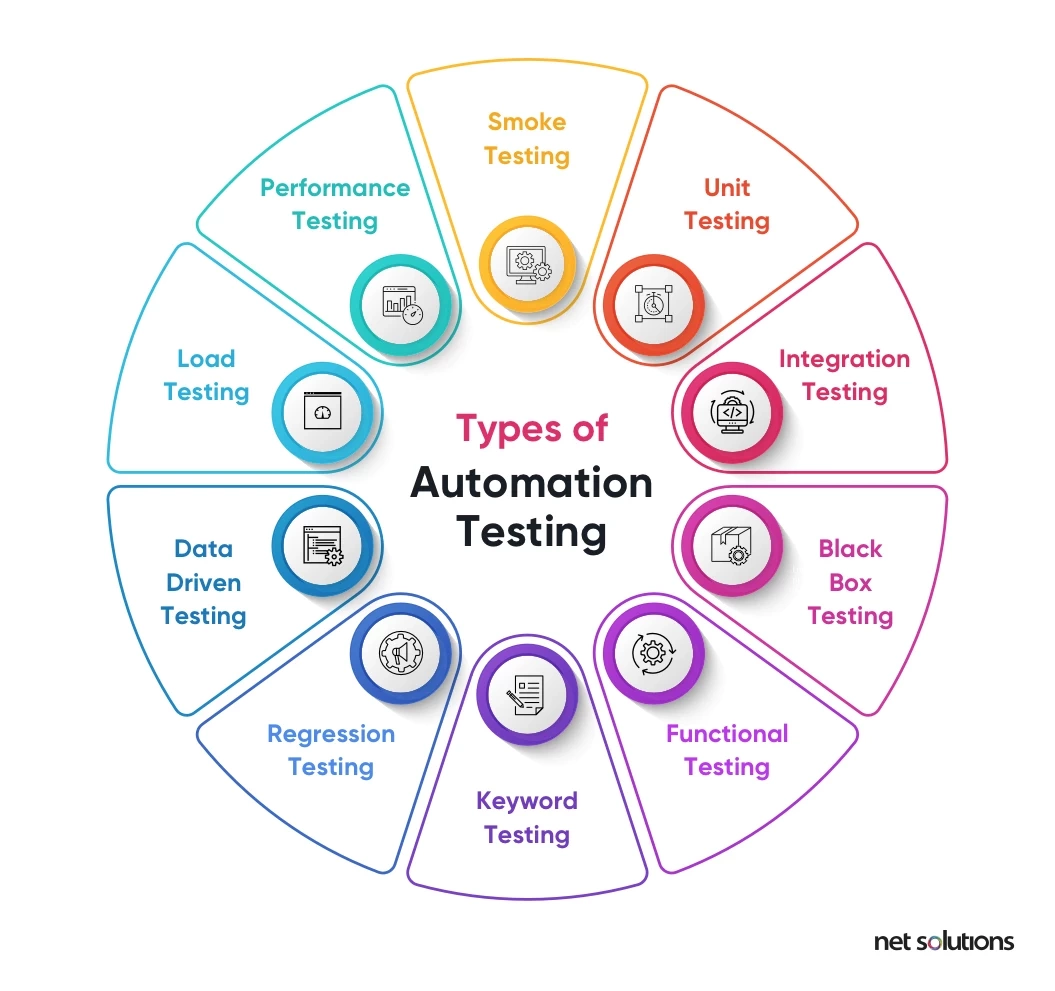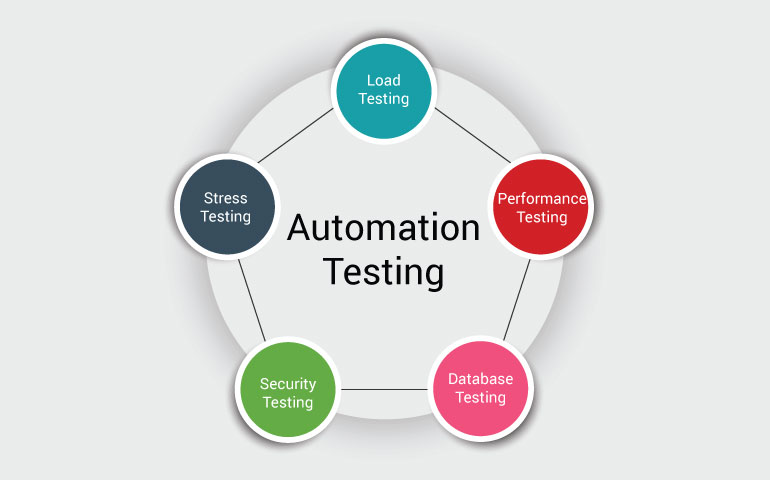Understanding Automation Testing: Tools, Techniques, and Benefits
Understanding Automation Testing: Tools, Techniques, and Benefits
Blog Article
Making Sure Success in Automation Examining: Key Metrics, Challenges, and Solutions Every QA Team Should Know
In the realm of software application high quality assurance, the landscape of automation testing is ever-evolving, demanding a thorough strategy to make certain smooth operations. Key metrics act as the compass leading QA teams via the large terrain of examination automation, shedding light on progression and areas for improvement. Obstacles loom big, usually casting shadows on the course to success. By understanding these obstacles and applying effective services, QA groups can browse via complexities with finesse. The trip to grasping automation screening is led with nuances that call for a keen eye for surveillance, evaluation, and continual enhancement. automation testing. As the industry moves onward, the quest for ideal performance in automation testing continues to be a consistent quest, prompting QA groups to equip themselves with the expertise and techniques important for accomplishment.
Importance of Key Metrics
Recognizing the significance of vital metrics is important for reviewing the performance and performance of automation screening processes. Trick metrics function as quantifiable procedures that provide important insights right into various elements of the screening process, such as examination insurance coverage, examination execution time, issue density, and test instance effectiveness. By analyzing these metrics, QA groups can recognize bottlenecks, inadequacies, and areas for renovation within their automation screening framework.
One critical element of essential metrics is their capacity to track progress and keep an eye on the general wellness of the testing procedure (automation testing). They allow stakeholders to make enlightened choices based upon data-driven insights, which can cause more reliable testing approaches and better source allotment. In addition, key metrics can aid teams established realistic objectives, gauge the success of automation initiatives, and show the ROI of automation screening efforts

Typical Difficulties Faced
Obstacles commonly encountered in automation screening procedures can substantially impact the general efficiency and efficiency of QA groups. Automation screening might not cover all facets of testing, such as usability and user experience screening, which still call for hand-operated intervention. Getting rid of these obstacles needs appropriate preparation, strategic examination case selection, robust maintenance procedures, appropriate sources, and a clear understanding of the restrictions of automation screening.
Efficient Solutions for Difficulties
To attend to the challenges run into in automation screening, executing efficient remedies is necessary for enhancing the performance and efficiency of QA groups. One crucial solution is to spend in robust training programs for QA teams to ensure they have the required abilities to properly utilize automation tools. Training can link expertise gaps, boost understanding of automation structures, and boost scripting capacities, eventually bring about much more effective test creation and execution.
An additional vital option is to develop clear interaction networks within the QA group and with various other stakeholders, such as developers and project managers. Reliable interaction assists in straightening expectations, sharing progression updates, and promptly resolving issues or obstacles that might develop during the automation screening process.

Monitoring and Evaluation Methods
Implementing effective tracking and analysis techniques is vital for ensuring the success and performance of automation testing procedures. By using tracking devices, QA teams can track the performance of test scripts, identify bottlenecks, and identify areas for renovation. Real-time monitoring permits fast discovery of problems, making it possible for quick response and resolution. Furthermore, assessing examination outcomes and metrics supplies useful insights right into the quality of the software application being tested and the effectiveness of the screening strategy.
One trick strategy in surveillance and evaluation is making use of dashboards that settle pertinent metrics and KPIs in a visually available format. These control panels use an extensive overview of test implementation standing, examination coverage, defect trends, and see it here various other critical information. Regularly examining and examining these dashboards can aid QA teams make notified choices, focus on tasks, and enhance testing initiatives.
In addition, implementing automated alerts and notices based upon predefined limits can boost aggressive monitoring and timely intervention. By establishing notifies for efficiency variances or examination failures, teams can deal with issues without delay and prevent them from intensifying. In general, surveillance and analysis techniques play an important role in ensuring the efficiency and success of automation testing initiatives.
Constant Improvement Strategies
Enhancing the efficiency of automation screening processes requires the constant refinement of approaches and methodologies. Continual improvement approaches are crucial for QA teams to adapt to evolving innovations and supply premium software products. One essential technique to wikipedia reference boosting automation screening processes is to conduct regular reviews and retrospectives. By analyzing past testing cycles, groups can recognize traffic jams, inefficiencies, and areas for enhancement. Carrying out feedback loopholes and including lessons discovered right into future testing frameworks can generate considerable renovations in time.

Final Thought
In verdict, it is critical for QA groups to recognize the vital metrics, obstacles, and options in automation testing to ensure success. By carefully monitoring and assessing data, implementing effective services to usual challenges, and constantly boosting approaches, QA teams can maximize their testing processes and supply premium software. Abiding by these practices will ultimately result in much more reliable and effective automation testing techniques.
By evaluating these metrics, QA groups can determine bottlenecks, inefficiencies, and areas for improvement within their automation testing framework.
Additionally, crucial metrics can help teams established practical objectives, gauge the success of automation campaigns, and show the ROI of automation testing efforts.
Challenges commonly encountered in automation screening processes can significantly influence the general efficiency and efficiency of QA teams. Automation screening may not cover all elements of testing, such as usability and individual experience testing, which still need manual intervention.In conclusion, it is essential for QA teams to comprehend the vital metrics, challenges, and options in automation testing to guarantee success.
Report this page